There can be your advertisement
300x150
5 Things You Should Not Cut Corners On During Studio Apartment Renovation
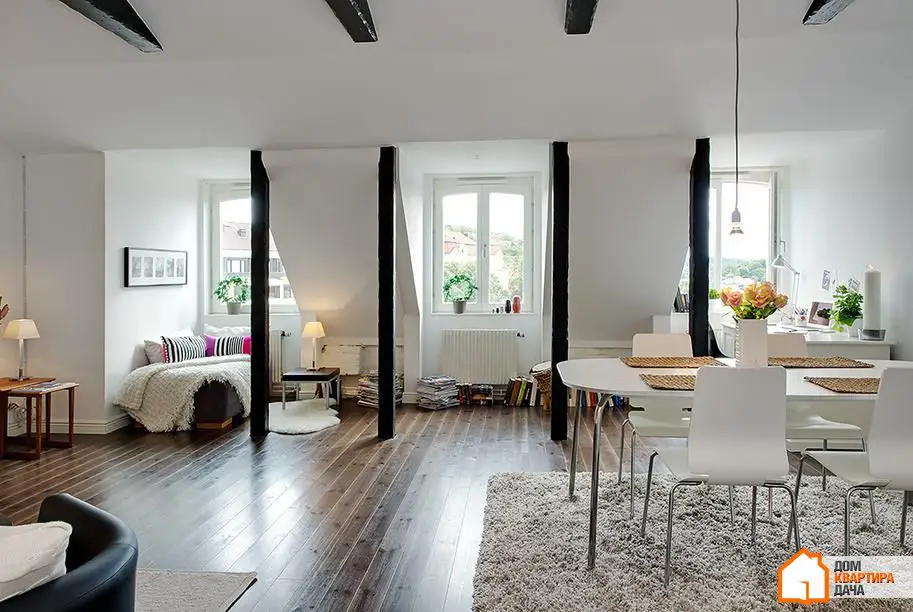

1. Range Hood for the Kitchen
A powerful yet quiet range hood is a must-have for any studio. When there are no barriers between the kitchen and living room, odors will inevitably seep into the relaxation area. You surely don't cook only vanilla cookies. To contain smells in the kitchen, you need quality appliances.
In a kitchen that is combined with the living room, it's best to choose a recirculating range hood. This is because even if you install a powerful range hood connected to the ventilation duct, the air flow capacity of most residential ventilation systems is only 150–180 cubic meters per hour. However, even for a small studio in a Khrushchyovka-style apartment, you’ll need a range hood with an airflow of no less than 400–600 cubic meters per hour. In that case, it’s simply money wasted—literally blown out the window.
Recirculating range hoods function as air purifiers. Their design includes various types of filters that clean the air from dust, soot, and grease. Pay attention to the filters. In addition to the oil-grease filter, a carbon filter is also necessary, which removes odors from soot. Oil filters should be washed regularly, and carbon filters replaced at least once every six months.
The size of the range hood should be chosen based on the size of the stove. The filter surface can be slightly larger than the cooking surface, but never smaller. There should be at least 60 centimeters between the burners and the range hood for electric stoves, and at least 75 centimeters for gas stoves.

2. Wall Paint
In a studio, wall color defines the style and mood of the entire home. Properly chosen paint—matte, silk-matte, or semi-matte—is a must. Experiment with colors, but not with paint. Choose more expensive, well-known brands. These paints apply smoothly, hide minor wall flaws, maintain color vibrancy for many years, and can be easily cleaned with a soft sponge.

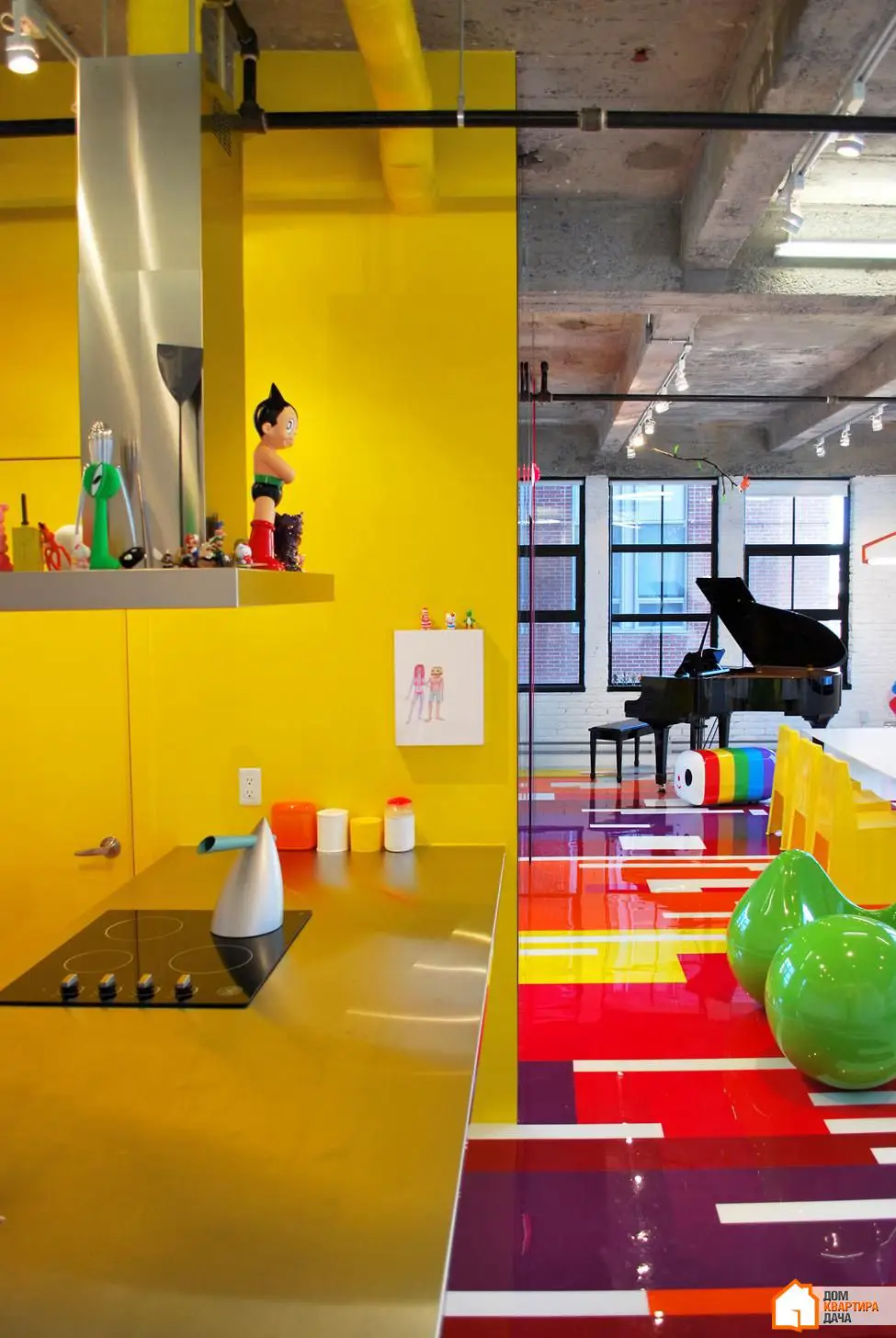

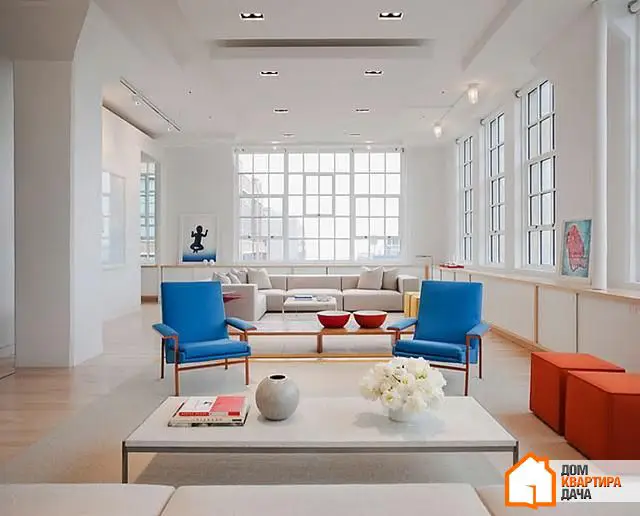
3. Lighting in Each Zone
Plan the lighting down to the smallest detail. Overhead, ambient, and accent lighting—lighting quantity and direction can visually expand or create a private atmosphere in the space.
In a studio, the "lamp and floor lamp" setup doesn’t work. It’s dull and unexpressive. You can play with lighting to zone the space. A low-hanging lamp above the dining table makes for a cozy setting for home dinners. Accent lighting on the kitchen work surface is essential. Floor lamps and reading lights in the living room also complement the top-down lighting.
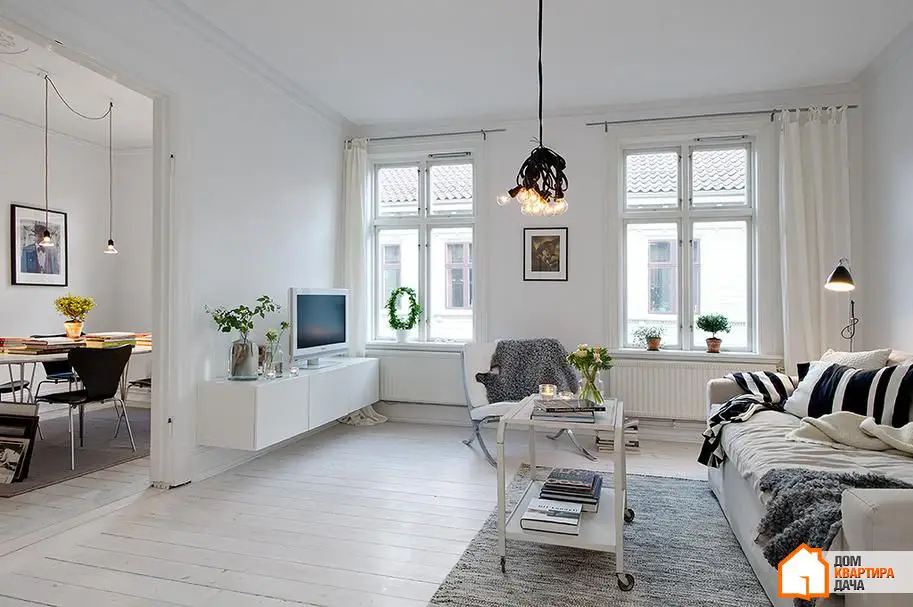
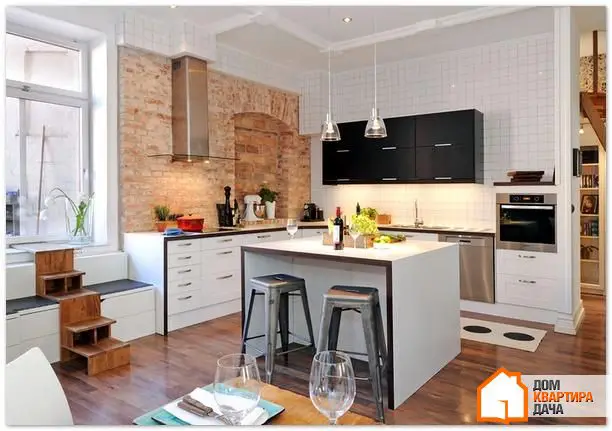
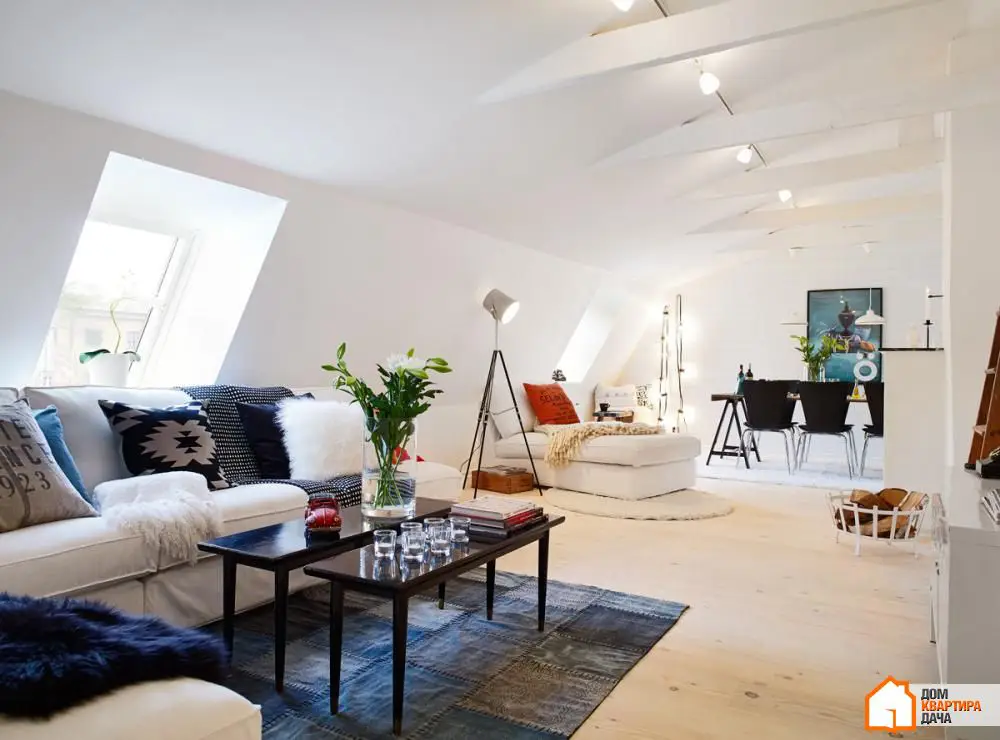
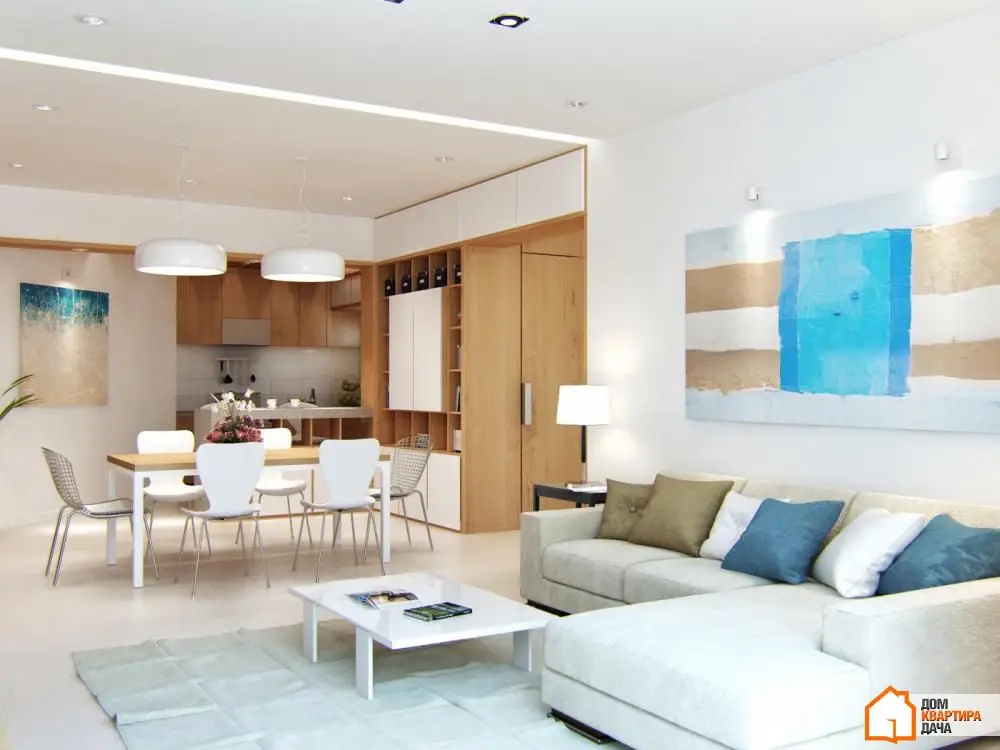
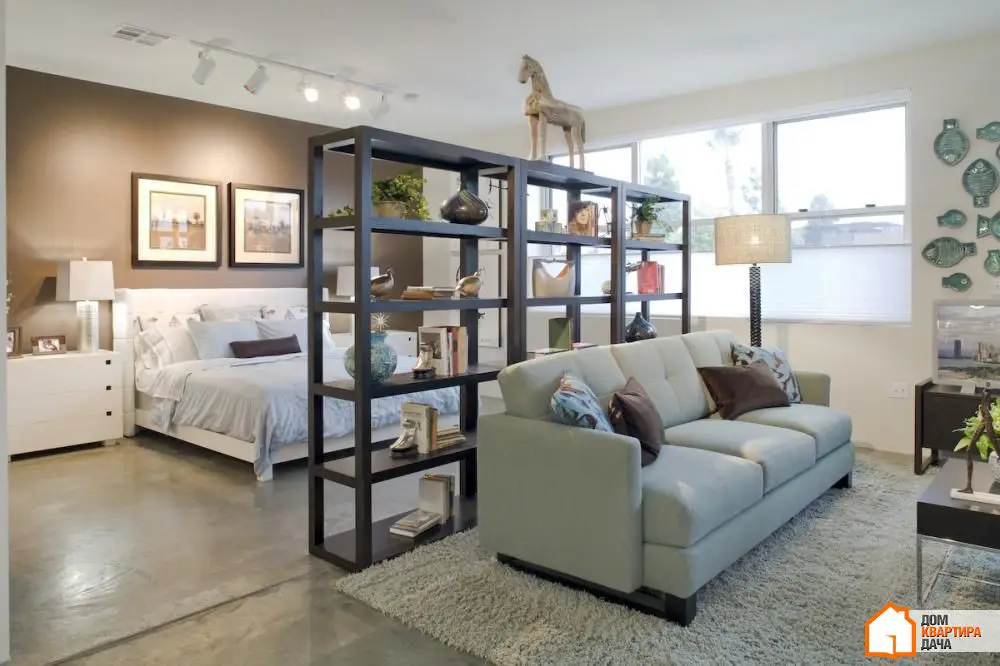
4. Power Outlets
Even at the moment when you imagine your new bright and spacious studio, come back to earth, grab a red marker, and sketch the placement of outlets on the apartment plan. You won’t realize how important this is! More precisely, you’ll understand it only after the fact when you find yourself running an internet cable under the living room carpet.
To determine where exactly and in what quantity you’ll need outlets and switches, arrange furniture and appliances on the plan. If you're doing the renovation without an architect or decorator, you’ll have to draw the layout yourself. You don’t need to be a professional—there are plenty of tools available online. Download a mobile app, upload the planner to your computer, or use an online tool.
Don’t hesitate to be persistent when discussing the outlet layout with builders for the tenth time. Trust me, even one missing outlet on the kitchen counter can ruin the best idea.
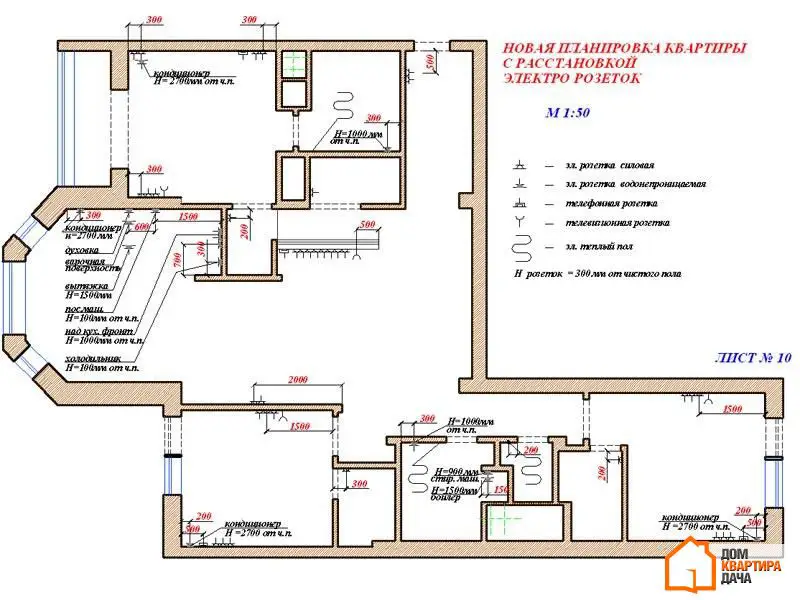
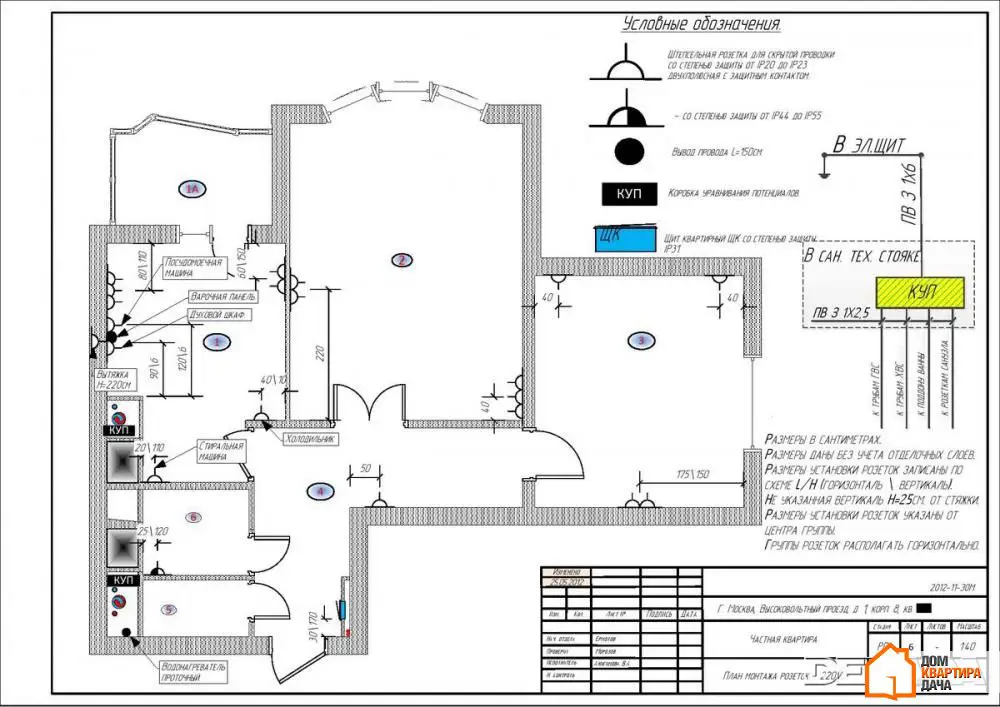
5. Storage Units, Shelves, and Systems
Nothing is worse than a cluttered studio. All your efforts, investments of money and time, will go to waste if you don’t plan the storage system in advance. Shelves, cabinets, or wardrobes—there are many options. But one rule only: if you have one book on a shelf, hang three shelves. That is, storage space should be three times more than the items to be stored.
Account for all details. If you love walking umbrellas, you need a stand for them. Otherwise, they’ll be everywhere—on the hallway floor, on the refrigerator, under the table. If you have a lot of shoes, make sure to store them out of sight. A messy entrance creates a negative impression about the entire apartment. Books, clothes, collections, trinkets, electronics, cables, hobbies—every item deserves its place.
It’s also important to maintain balance so that endless shelves and cabinets don’t create a feeling of overcrowding. It’s better to hide the wardrobe in a niche or blend it into the wall color. Staircases can be used to zone the space when needed.





More articles:
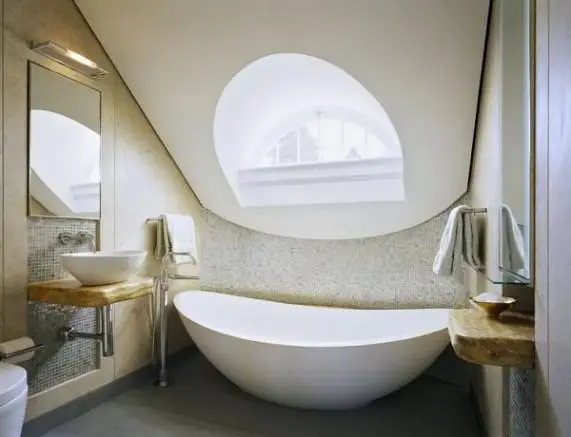 Design of Bathroom with Window
Design of Bathroom with Window How to Choose Wall Colors: Most Trendy Shades of 2014/2015
How to Choose Wall Colors: Most Trendy Shades of 2014/2015 Decorating Interior with Pillows: 5 Tips
Decorating Interior with Pillows: 5 Tips Marine Style in Interior Design: 3 Tips and 25 Examples
Marine Style in Interior Design: 3 Tips and 25 Examples Painting Rooms and Spaces: 10 Golden Rules
Painting Rooms and Spaces: 10 Golden Rules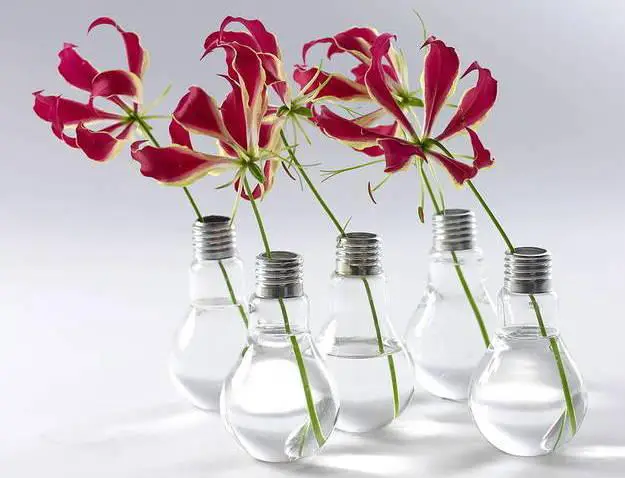 Useful Items: 6 Ideas to Decorate Your Interior with Things You Planned to Throw Away
Useful Items: 6 Ideas to Decorate Your Interior with Things You Planned to Throw Away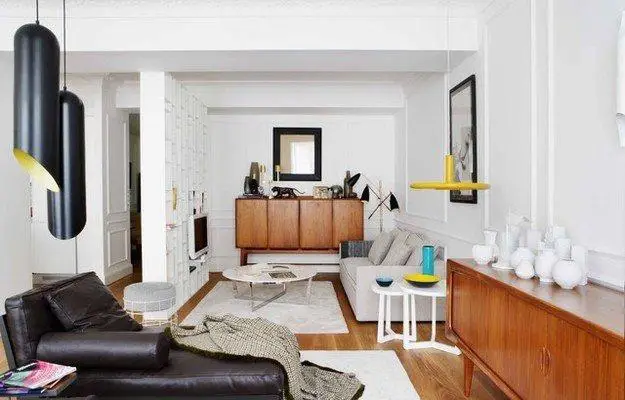 How to Decorate a Hallway in a Studio Apartment: 8 Ways
How to Decorate a Hallway in a Studio Apartment: 8 Ways How to Decorate an Interior for a Couple: 5 Tips, 30 Examples
How to Decorate an Interior for a Couple: 5 Tips, 30 Examples